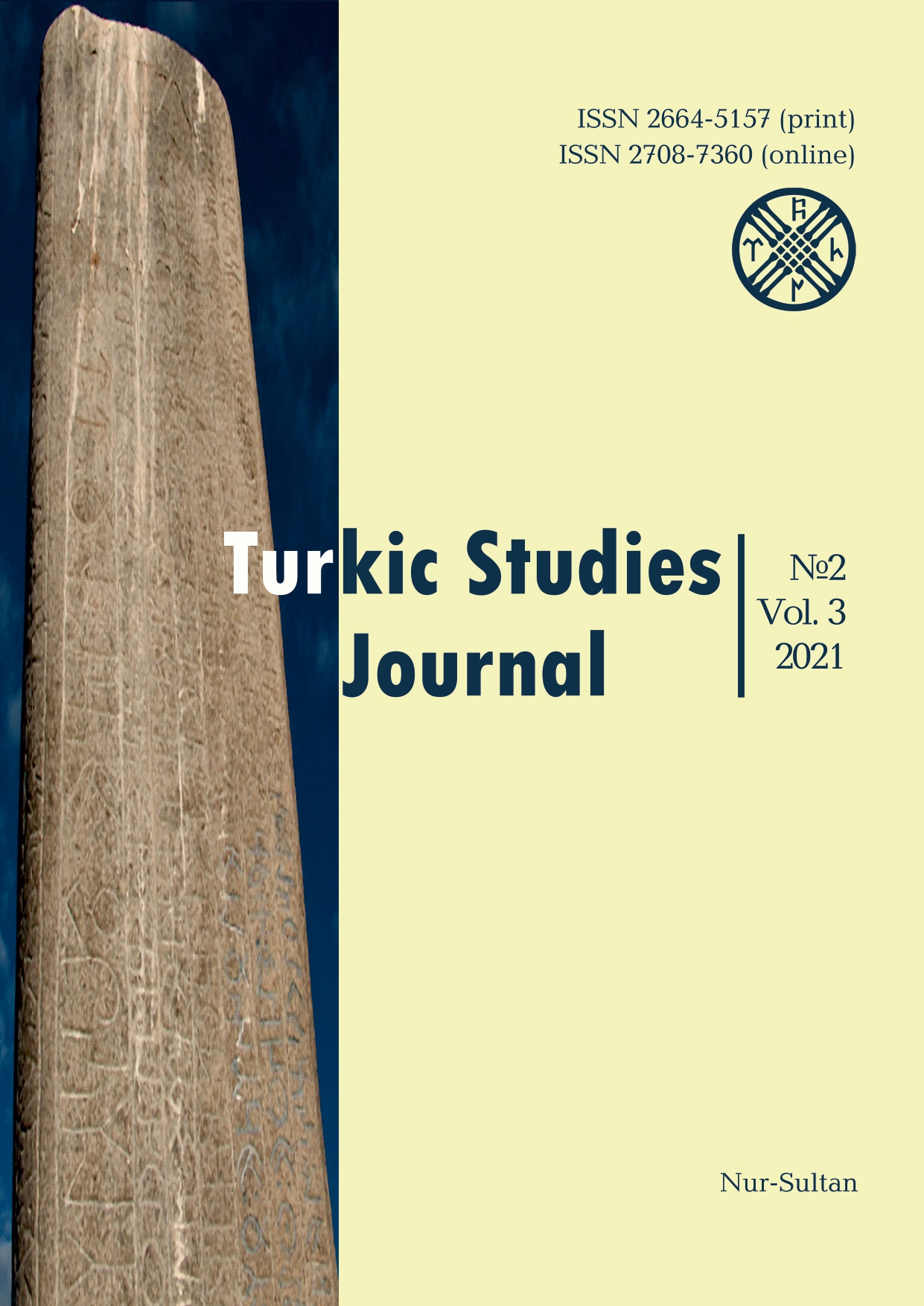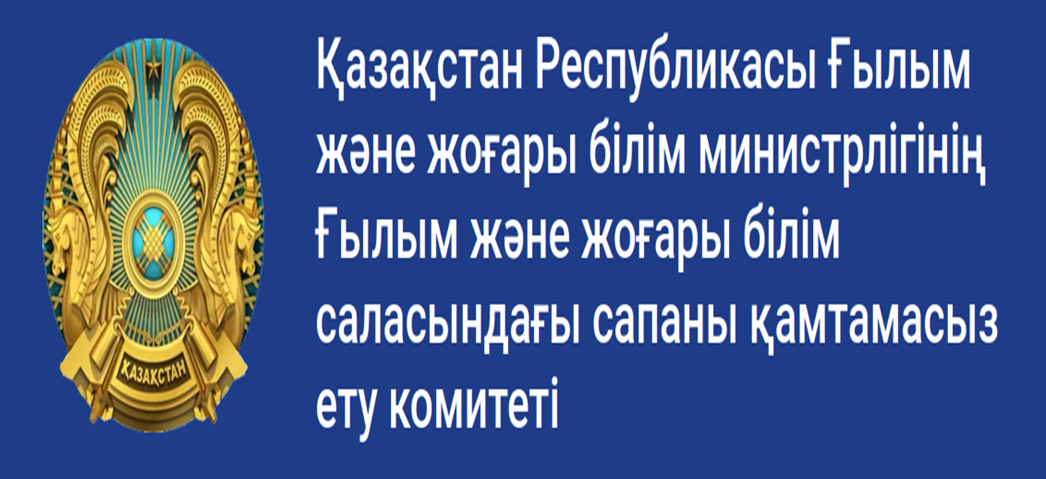The leading ornamental motif koshkar muyiz in Kazakh ornamentation: in search of the primordi
Views: 334 / PDF downloads: 139
DOI:
https://doi.org/10.32523/2664-5157-2021-2-99-110Keywords:
ornamental motif, pattern, Koshkar Muyiz, Kazakhs, Kazakhstan, artistic feltAbstract
The ornamental motif of Koshkar Muyiz – the legacy of the Ancient times – remains
key in the traditional art of felt craft.
The horn-shaped figures of the Kazakhs had been a centerpiece of scholarly discourses of Kazakh,
Russian and Soviet science over the entire 20th century. The first attempts to find their meaning were
made by the German ethnologist R. Karutz (1911), the Russian researchers S. Dudin (1928), B. Kuftin
(1926), E. Schneider (1927), and others. The horn-shaped motif had been reviewed in the works of
archaeologists, art historians and ethnographers since the second half of the 20th century. Scientists
determined the time of its origin, its geography, and attempted to translate its semantic content. It was
found that the curvilinear motif had not appeared earlier than the New Stone Age, but in the Bronze
Age, it had developed in the form of various styled designs. This motif obviously played a key role in
the ornamental complex of the Turkic-Mongol peoples.
Based on the interdisciplinary approach, the author offers a number of reasons to explain its
viability, including the internal form of the word - name of the ornamental motif, which is epic in
nature since it can cause a special aesthetic reaction in viewers. The ornamental motif seems to play
the role of a “figure of memories” and have the status of a “substantiative past”. It is preserved as a
linguistic objectification (name) in an extra-linguistic format as well, in the form of an Iconic Model
of a transcultural anagram that reproduces the ancient ideological content with symbolic and magical
scope. Acting as a canon, the Koshkar Muyiz motif is a sort of a “Signature of the Era” with its artistic
charm and is constructively based on the line called the “Line of Beauty” by William Hogarth.


























